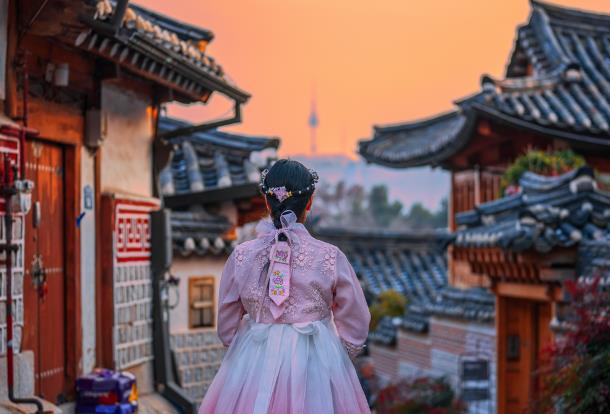International tourist arrivals grew by 4.4% in 2015 to reach a total of 1,184 million in 2015, according to the latest UNWTO World Tourism Barometer. China registered the highest growth in outbound visitor traffic in the world, having seen double-digit growth in the past 12 years.
The force of Chinese tourists has helped propped up the global tourism market, particularly amid the global economic slowdown.

Overnight visitors staying in international destinations around the world increased by 50 million last year, according to the report. The annual growth rate of the number of overnight visitors has been maintained at above 4% for the 6th year since 2010. The sustained high growth of Chinese outbound tourists number has boosted tourism in Asian countries such as Japan and Thailand, as well as the United States and some European countries. UNWTO projects that international tourist arrivals will continue to grow at a rate of 4% this year.
International tourism grew robustly in 2015
In spite of terrorist threat, Europe remained the favorite destination for global tourists in the past year, with total arrivals reaching 609 million, which was 29 million higher than that of 2014, according to data from UNWTO. UNWTO indicated that the weak euro against other major currencies like USD and others undoubtedly enhanced the appeal of Europe to international visitors and helped boost visitor traffic to Europe in 2015.
“International tourism reached new heights in 2015. The robust performance of the sector is contributing to economic growth and job creation in many parts of the world. It is thus critical for countries to promote policies that foster the continued growth of tourism, including travel facilitation, human resources development and sustainability” said UNWTO secretary-general, Taleb Rifai.
Chinese tourists' contribution to the markets of Asia, Europe and Africa
"China’s domestic travel and outbound travel sectors have been on top of the world, while Spain has been rated by the 2015 World Economic Forum as the most competitive country for international tourism. This signifies that the two countries have much room for collaboration," said Zhi-yun Zhang, UNWTO’s director of China Representative Office.
China remained the largest visitor source market for France in 2015, having seen double-digit growth in arrivals to the destination for more than a decade. Chinese tourist arrivals in France in 2015 exceeded 2 million, against 1.7 million in 2014. The French government anticipates that Chinese tourist arrivals in France will reach 5 million within the next five years.
China was the top visitor source market for Thailand in 2015, accounting for 8.3 million visitor arrivals, or 36% of Thailand's total visitor arrivals. According to data from GFK, Germany's largest market research institute, China contributed 109 million tourist arrivals to the global market in 2015 and they spent USD 229 billion on shopping, and the number of Chinese visitors in Thailand for the past year had increased by 263% compared to the figure in 2011.
China is the main source of arrivals growth in Asia Pacific, says Matthew Driver, president of South East Asia for MasterCard Worldwide. In 2009-2015, one-third of the new visitor arrivals in Asia Pacific were from China, five times more than that from South Korea, which came second in the list.
Statistics South Africa reported 3% YoY growth in inbound visitor traffic to South Africa in October 2015, yet the number of Chinese visitors shot up by 85.6% YoY in the same month, reaching 7,902.
Governments streamlining their policies to attract more Chinese tourists
In its continued effort to woo Chinese visitors, the French government has further shortened the lead time for visa applications by China’s tour groups to 24 hours, having already shortened the lead time to 48 hours earlier. In addition, the French government is planning on establishing more visa application centers in nine cities, including Ji'nan Chongqing and Shenzhen, to further facilitate visa applications for Chinese visitors.
"The number of Chinese tourists visiting South Africa could have been higher if the country’s visa policy was more relaxed," said Hong Tang, general manager of Red Star Travel Agency in South Africa. In 2014, the South African government implemented new visa policy that restricted the number of tourists from China. But the Interior Ministry relaxed the policy later following objections against the restriction. More measures for facilitating visitor traffic from China were also introduced. The launch of direct service from Beijing to Johannesburg by Air China in October 2015 also contributed directly to visitor growth from China. (Translation by Jerry)




